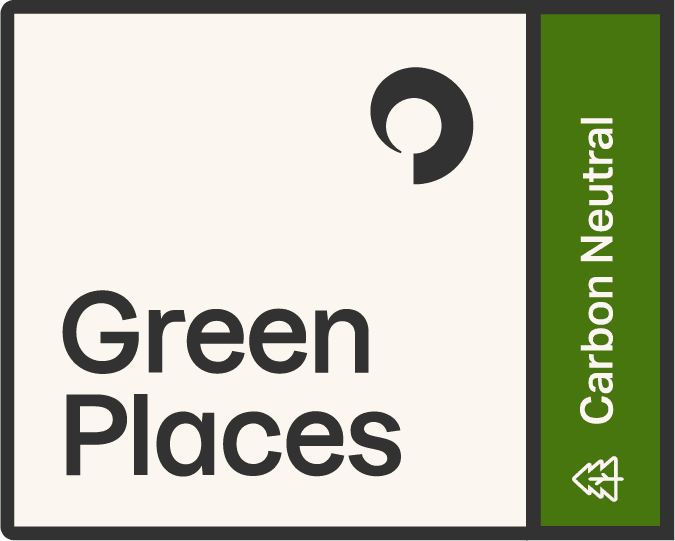We recently called out Microsoft’s lack of transparency in specific aspects of their search advertising. Now we’re taking Google to task for their shortcomings and highlighting advertising features that desperately need more transparency if they expect increased adoption and trust. We’re specifically focusing on Performance Max campaigns.
Performance Max is Google’s attempt at a “do it all” campaign type. Performance Max campaigns allows advertisers to input a logo, text, images, and video. Those assets can be mixed-and-matched in various combinations to show on mobile and desktop placements across Google Search, the Google Display Network, Gmail, YouTube, and the Google Discover app for Android devices. Advertisers can target audiences with signals such as interests, demographics, shopping habits, brand interaction, and location. Google then serves the assets using their machine learning algorithms.
Google’s sales teams stress the importance of not setting too many guardrails on the audience signals. They say Performance Max works best when given the greatest latitude to identify and convert new customers. For marketers who are used to exercising a strong degree of control over how and to whom their ads are served, accepting that loss of control can be very difficult. Many marketers simply don’t trust Google’s implied position that they know your business and your potential customers better than you do.
Marketing professionals have seen their levers and controls diminish—if not evaporate completely—in favor of increased use of algorithms and machine learning. But Google’s lack of transparency in how these tools and campaign types work is eroding trust among these professionals.
The single best thing Google can do to build trust among marketers and advertisers with Performance Max is to provide reporting showing spend by property or channel (YouTube, Discover, Display, Gmail, and Google Search). This is critical data that Google currently does not provide for the campaign type. This blind faith approach to advertiser dollars with increased reliance on emerging technology without showing performance data at the placement level fails the proverbial smell test.
We launched Performance Max campaigns for a client in Q4 to support a critical product category during the holiday season. Within weeks, we noticed a meaningful decrease in brand search queries (searches for the brand by name) compared to Q4 the year prior. We found that Performance Max campaigns were serving impressions against brand queries, cannibalizing the brand search traffic. Our Performance Max campaign was centered on highlighting a particular set of products based on the included assets and the selected audience signals. However, Google seemingly assumed they knew more about this business than we or the client did and opted to serve Performance Max ads to people who searched for the brand by name, regardless of whether the search included the highlighted products.
This mattered a great deal because brand search CPCs were roughly 90% lower than Performance Max CPCs, and our brand campaigns contained ad copy highlighting sales and special pricing not present in our Performance Max campaigns. This meant that users searching for our client by name may not see the current offers and it could cost up to 10x more per click. With placement-level reporting for Performance Max, we could at least get a sense from the search impression volume whether or not the impressions served made sense given our understanding of the product category and seasonal trends, and could have addressed this issue much more quickly and effectively.As marketers, we can read the writing on the walls and understand that AI, machine learning, and the many iterations of automation tools aren’t going away and will need to be adopted for advertisers to stay competitive. But as people, we know when we’re being hoodwinked by Goliath-like industry players that could and should be doing better at staying accountable to those who adopt those tools and platforms. We eagerly look forward to Google making improvements in this area, with Performance Max channel visibility as a key component.









